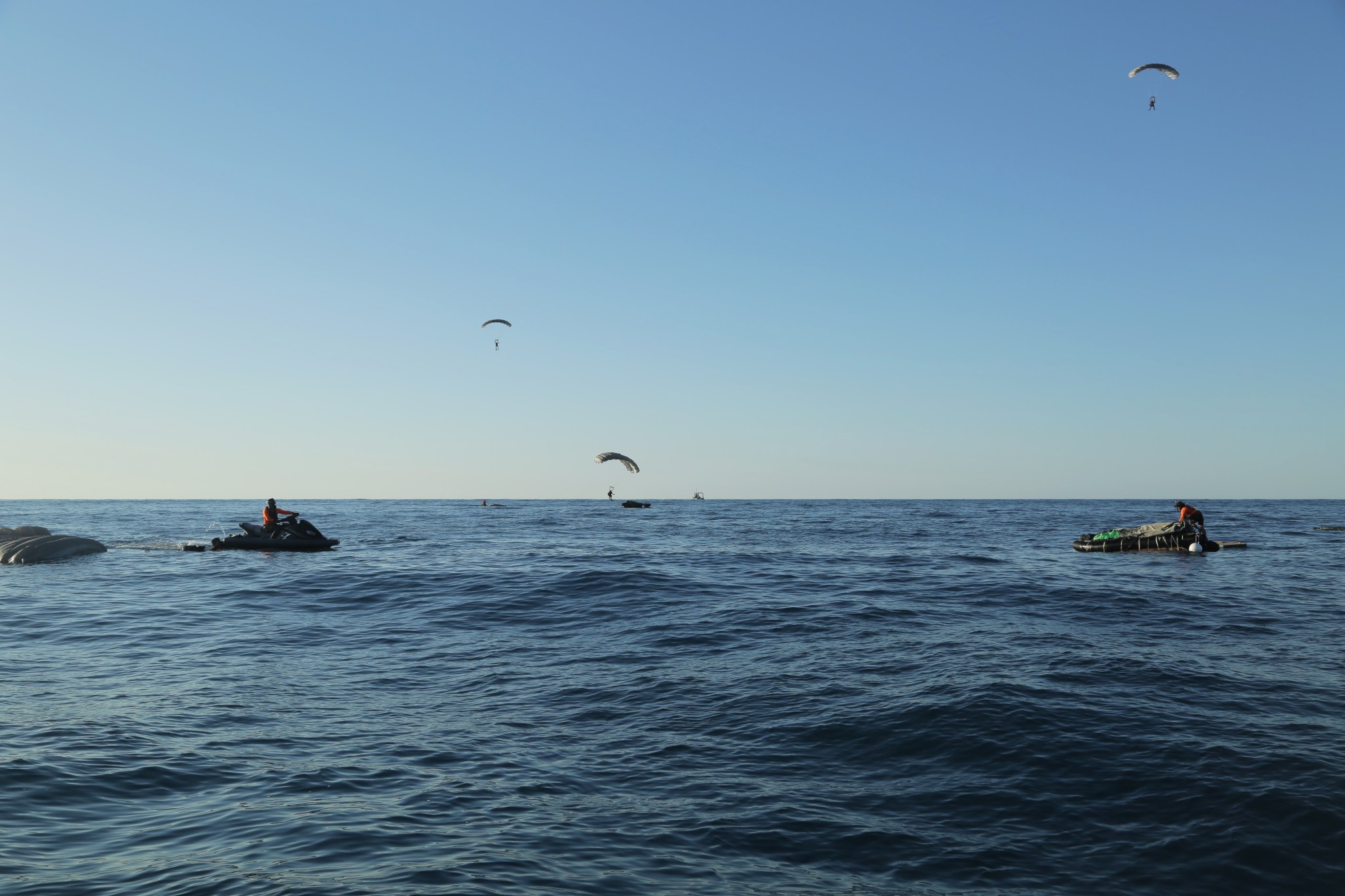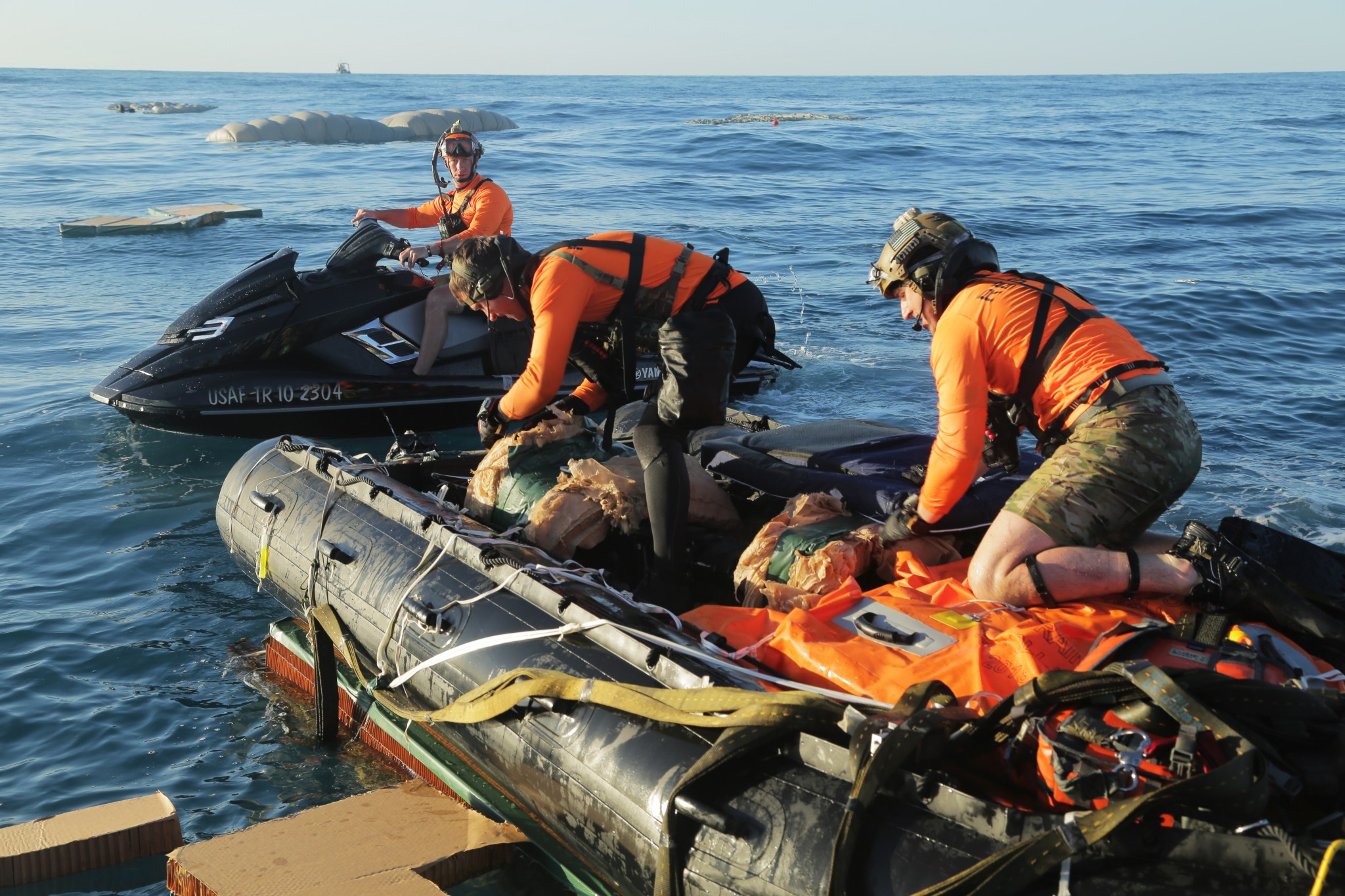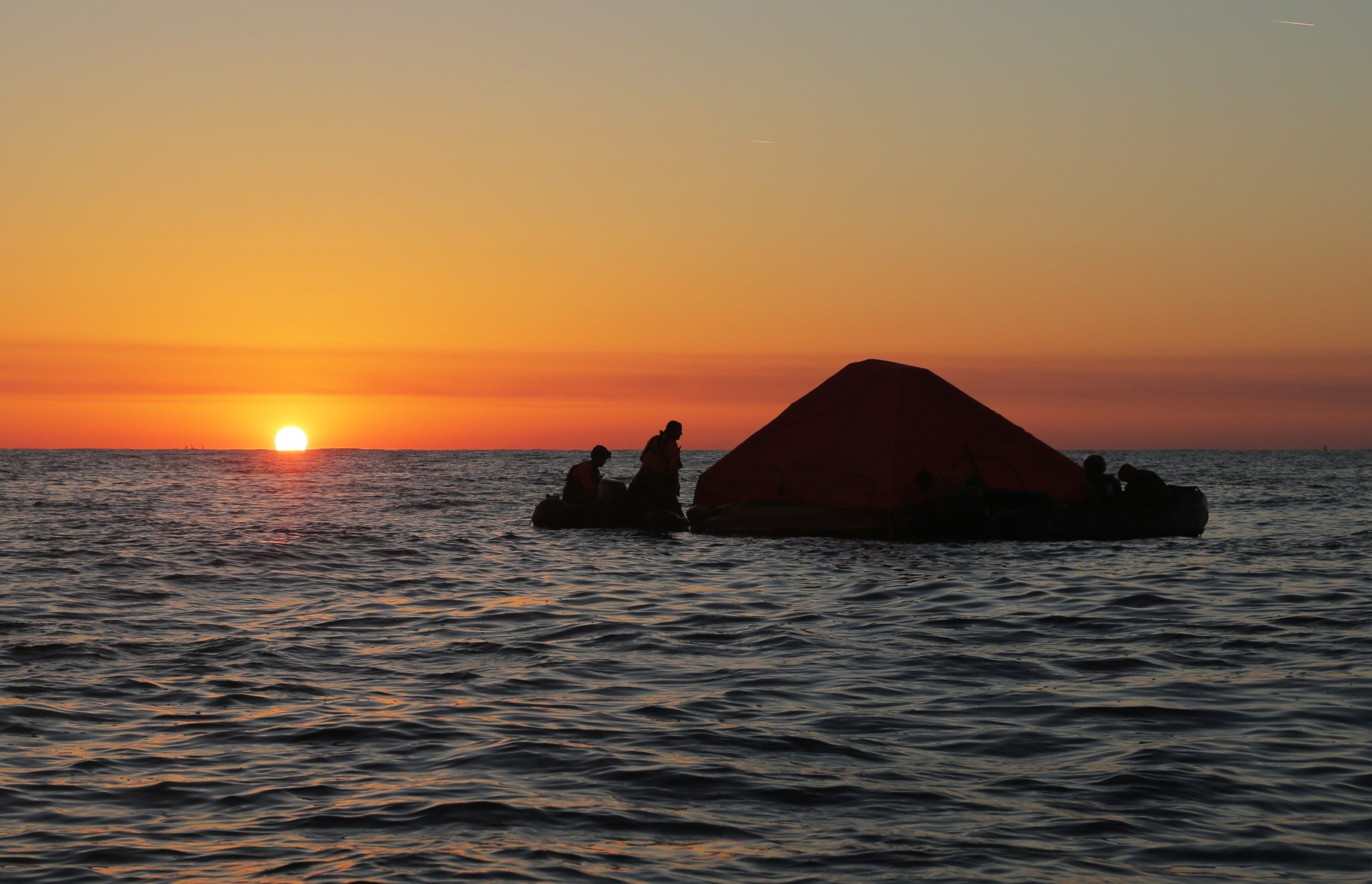As a child watching Apollo 11 land on the Moon, Ted Mosteller dreamed of working for the space program. As leader of NASA’s Commercial Crew Program Landing and Recovery Team, he directs a multi-agency operation to rescue astronauts in emergency landing scenarios.
“It’s like insurance,” he said. “You have insurance on your car or house, but you hope you never have to use it.”

Rescue and recovery involves meticulous planning and close coordination between NASA, the Department of Defense (DOD), and company recovery teams for Starliner and Crew Dragon. These are the spacecraft of commercial partners Boeing and SpaceX that will fly astronauts to and from the International Space Station from U.S. soil. In the event of a variety of contingency landings, an elite team is prepared to rescue the crew anywhere in the world.
In preparation for both launch and landing, U.S. Air Force “Guardian Angel” Pararescue forces will be pre-positioned in key locations, alert and ready to deploy at a moment’s notice. Should a spacecraft splash down within 200 nautical miles of the launch site, an HC-130 aircraft along with two HH-60 Pave Hawk helicopters will deploy from Patrick Air Force Base in Florida. These aircraft will carry a team of up to nine Guardian Angels—also known as pararescue specialists—along with rescue equipment and medical supplies.
The pararescue specialists would jump from the aircraft with inflatable boats, an inflatable ring — called a stabilization collar — to steady the capsule in the water, and other equipment. After performing an initial hazard assessment, the team would install the collar and enter the spacecraft to tend to the crew’s immediate medical needs before safely moving them onto a specially designed 20-person life raft. From there, the crew would be airlifted out for further medical attention.
For contingency landings outside of the 200 nautical mile-radius, a C-17 aircraft would deploy from either Charleston Air Force Base in South Carolina or Hickam Air Force Base in Hawaii, depending on the splashdown location, with the same type of team and equipment to execute rescue operations.
“The C-17s are faster and have a longer range, so we use them for rescue capabilities worldwide,” Mosteller explained. In order to support global rescue, the life raft is equipped with enough food, water and medical supplies to sustain both rescuers and crew for up to three days. In this situation, DOD would complete the rescue by enlisting help from the U.S. Coast Guard, a DOD ship, or a nearby commercial ship of opportunity to transport the crew to safety.

As the name Guardian Angels suggests, these rescuers are trained to protect. “Most people don’t even know who we are, but we specialize in problem solving in very dynamic environments,” said Brandon Daugherty, space medical contingency specialist with the 45th Operations Group’s Detachment 3. “There are only about 500 pararescue specialists worldwide. We are fully qualified paramedics, and able to perform field surgery, if necessary.” While NASA’s strategy for CCP is to have the commercial partners to provide end-to-end crew transportation services, it was determined to be more effective and efficient to rely on the DOD for contingency rescue because of their unique capabilities.
Pararecue specialists have evolved their military capabilities to help the commercial partners and NASA. “We’re the only force equipped to do global, worldwide rescue and recovery in any climate. Whether it’s the top of a mountain or the bottom of the ocean, we can get there,” said Daugherty.
Mosteller’s team executed the first joint rescue training development exercise in August 2017, which involved more than 200 individuals from NASA, the U.S. Armed Forces and SpaceX crew recovery teams. This event marked the first open ocean astronaut rescue training development exercise with a commercial spacecraft off the eastern coast of Florida. NASA and the DOD conducted similar exercises for the Gemini, Apollo and Space Shuttle Programs.
The exercise involved multiple marine and air platforms including a U.S. Coast Guard ship, a C-17 aircraft and crew, several support boats and a SpaceX Crew Dragon mockup as well as ground support equipment shared with NASA’s Orion Program. The team used the test to develop specific rescue procedures and plans, including how mitigate potential hazards while entering the spacecraft and safely remove the crew. Since then, rescue and recovery teams for both SpaceX and Boeing have continued to work with NASA and DOD to refine their processes, and have kept pace with the training schedule.

NASA intends to perform a similar open ocean activity with Boeing using the company’s water recovery trainer this fall. Even though Boeing’s Starliner was designed for land-based returns, and although landing in the water is unlikely, it’s critical for teams to practice a variety of landing scenarios. In May, Boeing and pararescue specialists will be practicing water landing scenarios, including crew extraction and equipment interfaces, using a mockup of the Starliner at Johnson Space Center in Houston.
“Pararescue has been a part of the space mission from the beginning. It’s extremely patriotic, so I’m honored to be part of this mission,” said Daugherty.























